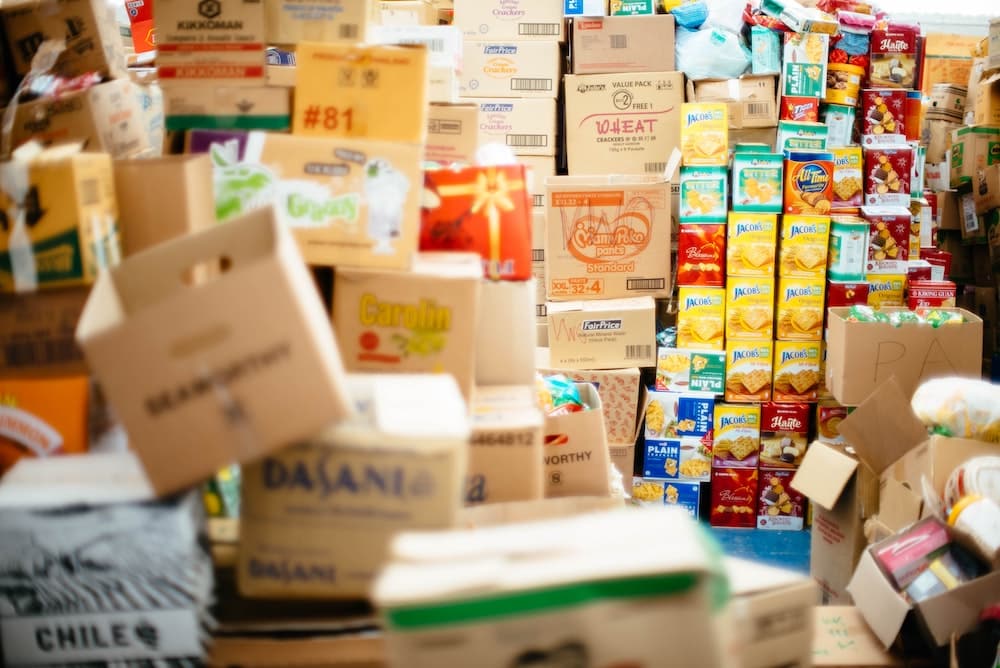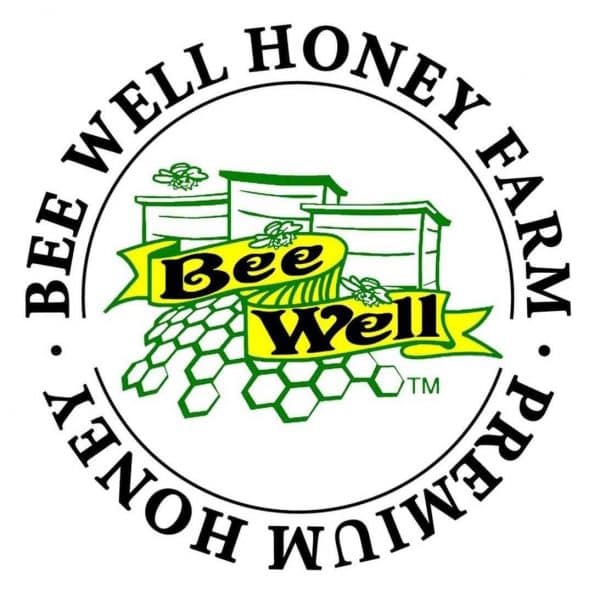Table of Contents
This week, due to a recent COVID 19 (Corona Virus) scare, prepping food has been flying off the shelves. Purchasing food for long-term food storage is just not an option this week. Most of the food that this applies to is food with a shelf life close to 25 years. FEMA recommends a 3-day food supply and the CDC now recommends at least a 14 day supply of food for emergencies. Some people can just order Mountain House’s 3 or 4-day emergency supply. However, maybe there are limited stock options at the grocery store because of an emergency, or you just want to make your own prepper food. Either way, here are the best options for making your survival food.
Best Grocery Store Long-Term Food storage
- Rice – White, Wild, Jasmine, and Basmati Rice all have an infinite shelf life. (Brown rice can only be stored for 12 months) Rice is one of the cheapest foods on this list too. While rice isn’t exactly nutrient-rich, it is a good source of calories and carbohydrates. Rice is also advantageous because it takes much less preparation than other ingredients on this list.
- Soft grains – such as Flour, Rye, and oats can last for years at a time. Keep in mind that most flour and oats can be stored in the freezer for longer shelf life. Even grains such as noodles have a shelf life of one year or more.
- Beans – beans are packed with valuable nutrients. Beans are a great source of fiber and protein. The best part about beans is that they have an incredible shelf life. Dried packaged beans have an indefinite shelf life. Canned beans are much easier to deal with in a prepping scenario (or any scenario), but they only last up to 2 years.
- Canned and dry meat – Believe it or not, canned meats last longer than their vegetable and fruit counterparts. Canned meats can last up to 5 years. Canned spam, canned chicken, and canned tuna are all solid options for storing valuable protein. These may not be your first meal choice, but in a disaster scenario, they will be helpful. Beef Jerky can also last for 2 years or more.
- Canned vegetables – either buying cans of vegetables or canning them yourself is an excellent way to store nutrients that will last a long time. Canned vegetables (and meats) are under a vacuum so they can be preserved much longer.
- Olive Oil or Coconut Oil – A good source of fat that will not go rancid for up to 2 years.
- Natural Honey – real honey lasts indefinitely. This can be a great way to get some sweetness in the meals you cook. Honey will crystalize over time, but it never actually goes bad.
Advantages to Buying True Survival Food
So as seen in the list above, one of the best ways to make your own survival food is by simply buying the right food items. The advantage of buying true survival food from someone like Mountain House or Thrive is that you can purchase many years worth of food that you can store away and forget about. As stated before, the shelf life of properly freeze-dried food is up to 25 years. If you are considering purchasing a year or more of long-term food storage, you should look into getting a freeze-dryer.
This leads us to another option: freeze-drying your own food.
Freeze Drying Your Own Food
The biggest hurdle to freeze-drying your own food is the price of a unit.
The cheapest freeze-dryer is $1995.
However, if you consider the cost of purchasing freeze-dried food, it would be cheaper, in the long run, to do it yourself. The best freeze-dryer is from harvest right. We’ve tested it out on the youtube channel and have had great results. DIY Freeze-drying is superior to other food preservation methods like dehydration because it preserves the nutritional value of the food.
Freeze drying is a great way to store crops that you grow even if you do not consider yourself a prepper. Fruits like strawberries and blueberries make excellent snacks. If you can afford to purchase a freeze dryer, it is by far the most efficient way to store food for long term use. Freeze-dried foods can be stored without the use of chemicals and don’t need to be refrigerated.
The Best Tasting Freeze-Dried Foods
- Fruit – Strawberries, blueberries, bananas all retain their structure and taste. You don’t have to add water to them to eat them again.
- Vegetables – You can turn spinach or kale into a nice green chip. You can also extend the shelf life of other vegetables like broccoli by freeze-drying them.
- Eggs – We have a video on freeze-drying eggs and you’ll be surprised by the results. The best way to handle freeze-dried eggs is to grind them up into a powder that you can add water to later and cook.
- Meat – One of the best items to freeze-dry. If you want to freeze-dry raw meat, you can later add water to it and cook it. If you freeze-dry meat that’s already cooked, you can simply add water to it afterward and eat it as it is.
- Ice cream – You can actually freeze dry ice cream. The problem with storing regular ice cream is that dairy has a short shelf life. When it’s freeze-dried, however, it can be stored for many years and eaten as a nice puffy desert.
Canning Your Own Food
Canning your own food is a great way to store vegetables and meats as they can last for a few years. Canning is also a much more affordable home preservation method than freeze-drying food at home. Canning is a must for anyone considering purchasing long-term food storage.
Canning has been used for hundreds of years to store foods that would otherwise be wasted if you grew extra food in the growing season. In a similar fashion, you can also buy food from your grocery store for canning.
The best foods for canning
- Jams and Jellies – They have lots of sugar, but they also have a low risk of botulism. It’s important to sterilize home equipment according to directions from the FDA. Never consume stored food whose seal has been broken (lid “pops” when pressed in middle).
- Pickles – You can literally pickle almost any vegetable and some fruits. The high acid content from the vinegar with the vacuum keeps the food preserved. There is a whole world of delicious flavors to discover.
- Probiotic/Fermented foods – This is different from the traditional vacuum wet pack. Fermenting cabbage (kimchi, sauerkraut) or milk (Yogurt, Kefir) adds a whole new dimension to nutrition and taste. Lacto-fermentation is still anaerobic but the high salt content and lactic acid development will not permit botulinum to grow. It is a well-documented method to better gut health.
Pressure canning
In Conclusion
If you’re looking for long-term food storage, It’s normally pretty easy to just buy what you need and move on with your life, but sometimes (during weeks like this) purchasing long-term food storage is just not an option. Luckily it’s very easy to make your own survival food with supplies from any grocery store. It’s also very fun to can and freeze-dry your own food any time of the year. Fishing for food is also always an option.












